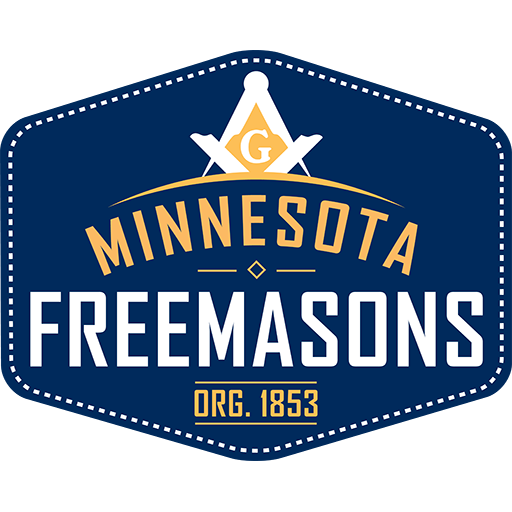Bradley Phelps, Grand Lodge Education Officer
When I was young, I thought it would be neat to be an astronaut. The trouble is, I didn’t have the discipline or grades to pursue that dream. I was inspired by the Apollo missions containing Brothers John Glenn, Buzz Aldren, Gordon Cooper, Donn Eisele, Gus Grissom, Jim Irwin, and Ed Mitchell. You can learn more about them in this Scottish Rite Blog. It is interesting to reflect on what drove these Brothers to risk their lives and invest in the space mission. I suspect it was a strong drive to explore the unknown and a desire to take humanity to the next logical steps.
While I never got the chance to travel to and step foot on the moon, I stumbled into a radio hobby that let me do the next best thing: I bounced my radio signal off the moon. Amateur (Ham) Radio has a lengthy and interesting history of service and offers many different avenues of exploration and study. As I said in my previous article, there is no replacement for travel; that said, Amateur Radio opens a new window into the world with structure and civility that the internet cannot or will not offer. As it turns out, many astronauts are amateur radio operators, and there is a strong Masonic presence in the amateur radio community. To learn more, please refer to this short talk Bulletin on Masonic Amateur Radio; de AI0BP.
I would not have been able to achieve Earth Moon Echo (EME) without my Ham Radio mentor(s). The frequencies we used are typically line of sight with a typical range of 50-200 miles. To accomplish this feat took very directional antennas, high power, and the knowledge that the moon would reflect my signal. This might be a far-out question, but how did I know that the returned signal came back reflecting off the moon’s surface and not by Marvin the Martian’s secret moon base?
The truth is I have no way of saying 100% that there isn’t a secret moon base. What I can say is that I am confident that my signal bounce came from the moon itself given the other sources of credible and collaborating information that I have. I am also open to someone or something changing my mind. In today’s world, we have so many sources of information that it can be overwhelming. Emerging theories like simulation theory cause science to collide with philosophy and make me appreciate the words of Rene Descartes, “I think, therefore I am.”
I would pose to you that we are here to think, learn and grow. Questions that we might think are silly or that we have a propensity to disregard deserve more than an immediate dismissal. “Silly questions” are what has caused us to grow, and challenge previous consensus and status quo. I have compelling and collaborated evidence that the Earth is spherical and is a planet that rotates around a G-type star at the center of our solar system. This is a stance that is very contradictory to common thought 500 years ago. At that time, my comments might have gotten me thrown in jail (or worse) if uttered in the wrong company. This highlights the importance of sharing thoughts and having civil dialogs as we discover our own truths.
In a recent eMason article, I mentioned a video by WB Michael Poll that explores the disputed origins of Freemasonry. WB Poll acknowledges that there are gaps in our records that make it very difficult to say definitively what our origins are. He acknowledges the research credibility challenges that our Fraternity has faced because of cited sources that did not have enough collaborating information to be historically credible. These are the common modern criticisms of key Masonic thought leaders of the Victorian era or those that built on their thoughts. In response, I think many dismiss everything that they had to say, and I think that this is a shame. WB Poll’s video triggered a great conversation amongst Brothers – including reflecting on the idea that Masonry gave a safe meeting place for groups of free-thinkers.
I learned long ago the important differences between hypothesis, theory, and law. I also learned that what is established can change based on new learning. One of the great beauties of Freemasonry is how our teachings give us the foundations for learning and growth together. Modern technological innovations put much into question and may have installed new values that I believe are at odds with basic human societal principles and maintaining our social fabric. I have been reflecting on that and believe that Masonic teachings are key to our next important steps. What do you, and your lodges think?
